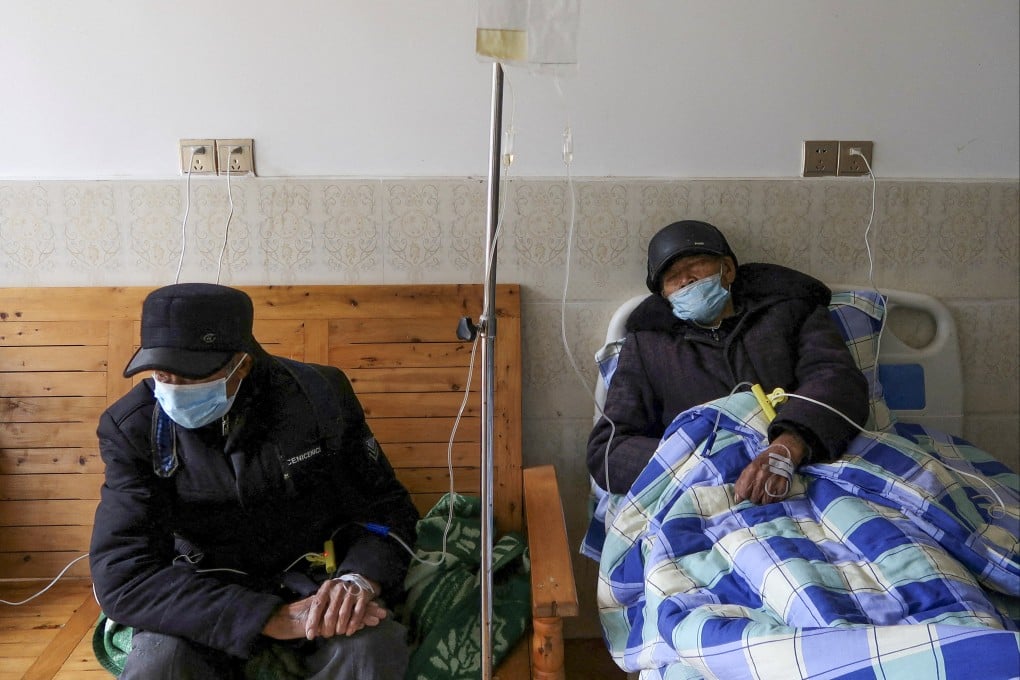Advertisement
Coronavirus: China’s Covid-19 cases are dropping, but severe illness wave still on the way
- Infections peak earlier than projected, especially in rural areas, which were expected to see surge as migrant workers return for Lunar New Year
- Focus shifts to preventing serious complications, improving treatment and monitoring future variants
Reading Time:2 minutes
Why you can trust SCMP
4

Daily coronavirus infections are dropping in many parts of China, but the wave of severe illness is far from over, health authorities said.
Covid-19 has spread like wildfire across China since early December, when Beijing pivoted to living with the virus after three years of strict zero-Covid measures.
Public health experts projected infections would peak at different times in different parts of the country, with rural areas lagging behind. But it appears the peak has arrived earlier than expected, especially in rural areas.
Henan, one of China’s most populous provinces, said 89 per cent of its 100 million residents – nearly half of whom live in rural areas – had already been infected, and visits to fever clinics had been “continuously decreasing” since December 19.
Advertisement
Previously, it was feared migrant workers returning to rural areas and smaller cities for Lunar New Year would bring a wave of infections.
“A comprehensive study concluded that Henan province has successfully passed the peak of infections and achieved a smooth and orderly transition. The number of new infections per day is expected to remain low until the end of the month,” said Kan Quancheng, director of the provincial health commission, on Monday.
Advertisement
However, the province is still pushing through a tide of severe illness, Kan said.
Advertisement
Select Voice
Choose your listening speed
Get through articles 2x faster
1.25x
250 WPM
Slow
Average
Fast
1.25x
